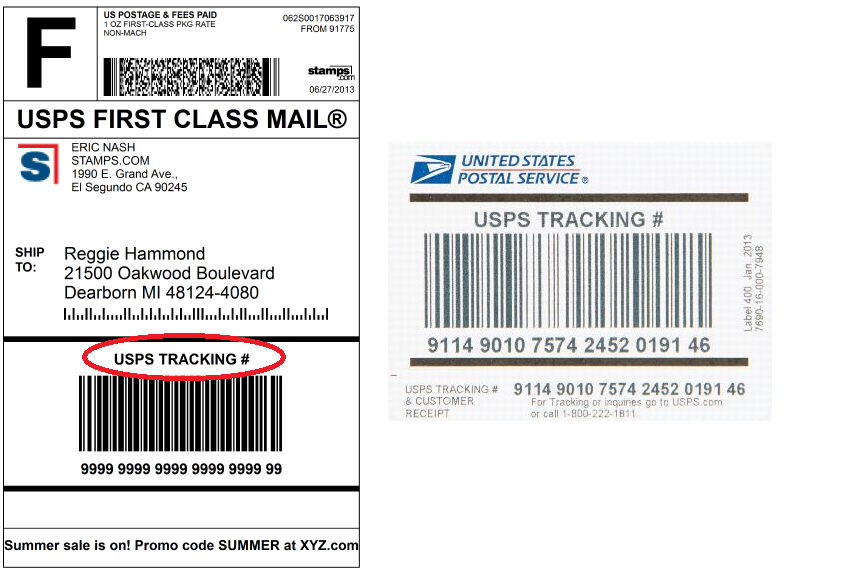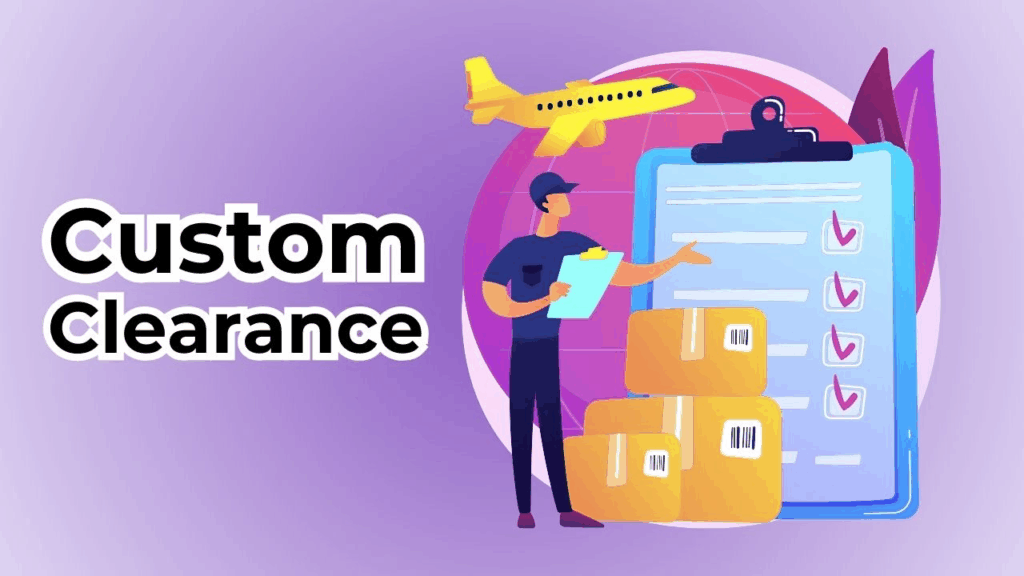Seguimiento internacional y despacho de aduanas: En qué se equivocan la mayoría de los vendedores
Pocos problemas frustran más a los compradores que los retrasos o la "pérdida" de paquetes. En el centro de estos problemas se encuentra Seguimiento de envíos internacionales y el despacho de aduanas. Muchos vendedores subestiman la complejidad o malinterpretan el proceso, lo que da lugar a disputas innecesarias, devoluciones y malas críticas.

En este artículo se explica dónde suelen equivocarse los vendedores, cómo solucionarlo y qué buenas prácticas pueden garantizar una entrega más fluida. Al final, sabrá cómo configurar una Seguimiento de envíos internacionales y gestionar el despacho de aduanas con confianza.
¿Por qué suelen salir mal los envíos internacionales?
El comercio internacional implica múltiples transportistasLos envíos de paquetería se realizan a través de fronteras, países y organismos reguladores. A diferencia de los envíos nacionales, los paquetes cruzan fronteras y pasan por las autoridades aduaneras. Los vendedores suelen suponer que, una vez que entregan el paquete a un mensajero, el proceso es sencillo. En realidad, varios factores pueden alterar la visibilidad y los plazos.
Entre las principales razones figuran:
- Falta de unificación Seguimiento de envíos internacionales entre transportistas
- Documentación aduanera insuficiente o inexacta
- Desconocimiento de la normativa local sobre importación
- Mala comunicación con los compradores sobre aranceles e impuestos
- No anticiparse a los retrasos durante las temporadas altas o las vacaciones
Estos problemas se acumulan rápidamente. Un paquete que podría haberse entregado en 7-10 días puede acabar tardando 30 días o más, lo que crea graves tensiones entre vendedores y compradores.
¿Qué es el seguimiento de envíos internacionales?
¿Cómo funciona?

Seguimiento de envíos internacionales es el sistema de escaneado, registro y actualización del estado de un paquete a medida que se desplaza por los países. Cada punto de control genera un evento, desde la recogida en origen hasta el despacho de aduanas, los centros de tránsito y la entrega final.
¿Por qué es complicado?
A diferencia de los envíos nacionales gestionados por un solo transportista, los envíos internacionales suelen cambiar de manos:
- Oficina de correos local en el país de origen
- Proveedor de logística internacional (aérea o marítima)
- Autoridad aduanera de destino
- Transportista local para la entrega final
Cada parte puede utilizar un sistema diferente, lo que provoca retrasos o lagunas en el seguimiento de las actualizaciones. Algunos sistemas se actualizan al instante, mientras que otros sólo lo hacen una vez al día. Para los compradores, estas lagunas parecen "agujeros negros" en el proceso de entrega.
Errores comunes de los vendedores en el seguimiento de envíos internacionales
1. Confiar únicamente en el transportista de origen
Muchos vendedores asumen que el servicio de mensajería de origen proporciona actualizaciones suficientes. Sin embargo, una vez que el paquete sale del país de origen, la visibilidad suele desaparecer. Sin cobertura mundial, los compradores no saben con certeza dónde está su paquete.
2. Ignorar la situación aduanera
A menudo, el seguimiento indica "en tránsito" durante días, pero en realidad el paquete está atascado en la aduana. Los vendedores que no explican este paso crítico se arriesgan a recibir quejas, devoluciones de cargos o malas críticas. Los compradores pueden incluso sospechar de fraude cuando no ven movimiento.
3. Proporcionar números de seguimiento incompletos

Algunos mercados o vendedores comparten números de seguimiento que sólo funcionan en el sitio del transportista local. Sin un enlace a un sistema de seguimiento universal, los compradores internacionales no pueden seguir el progreso, lo que provoca frustración y disputas.
4. Prometer plazos de entrega excesivos
Transporte transfronterizo pueden sufrir retrasos imprevisibles debidos a controles aduaneros, condiciones meteorológicas o problemas de transporte. Los vendedores que prometen "7 días en todo el mundo" sin tener en cuenta estos factores crean expectativas poco realistas que dañan la confianza.
5. Comunicación deficiente con el comprador
A menudo, los vendedores no establecen expectativas sobre los gastos de aduana, los posibles retrasos o cómo utilizar las herramientas de seguimiento. La falta de comunicación proactiva provoca consultas innecesarias del tipo "¿Dónde está mi pedido?
¿Y el despacho de aduanas?

Despacho de aduanas es uno de los mayores cuellos de botella en los envíos internacionales. Los vendedores que lo ignoran suelen encontrarse con que sus paquetes se retrasan, son rechazados o devueltos.
Por qué es importante el despacho de aduanas
- Cada país tiene restricciones específicas a la importación y artículos prohibidos.
- Los paquetes requieren una declaración precisa del valor, la descripción y los códigos SA.
- Pueden aplicarse aranceles e impuestos, que a veces los compradores desconocen.
- La falta de documentos puede dar lugar a inspecciones o multas.
Dónde se equivocan los vendedores
- Declarar valores incorrectos para "evitar impuestos": esto puede desencadenar alertas rojas.
- Utilizar descripciones vagas de los productos, como "regalo" o "artículos", que las aduanas rechazan.
- No informar a los compradores de los posibles gastos de aduana, lo que lleva a rechazar las entregas.
- Ignorar las normas locales, como el etiquetado especial de productos electrónicos o alimentos.
Cuando los paquetes son retenidos en la aduana, el estado del seguimiento se vuelve confuso. Los compradores ven "pendiente de despacho" sin explicación, y los vendedores pierden credibilidad.
Cómo mejorar el seguimiento de los envíos internacionales
1. Utilizar una plataforma de seguimiento multicarrier
En lugar de confiar únicamente en el transportista de origen, integre plataformas que consoliden los datos de seguimiento de todos los transportistas. Herramientas como 17track o AfterShip proporcionan visibilidad continua y tranquilizan a los compradores.
2. Automatice las notificaciones al comprador

Envíe actualizaciones proactivas por correo electrónico o SMS cuando un paquete pase la aduana o cambie de transportista. Las notificaciones automáticas reducen las consultas repetitivas y generan confianza.
3. Mostrar el seguimiento en el idioma del comprador
La localización de los eventos de seguimiento genera confianza y reduce la confusión, especialmente en los mercados de habla no inglesa. Por ejemplo, un comprador en Francia o Brasil debería ver las actualizaciones en su idioma local.
4. Resaltar Aduana como paso normal
Informar a los compradores de que el despacho de aduanas es una parte normal del proceso de compra. Seguimiento de envíos internacionales. La transparencia evita el pánico cuando el estado muestra "retenido en aduana". Los vendedores que ofrecen preguntas sencillas sobre aduanas ganan más confianza.
5. Seguimiento activo de los envíos
No deje el seguimiento exclusivamente en manos de los compradores. Los vendedores deben hacer un seguimiento diario, detectar los retrasos a tiempo y ponerse en contacto con los transportistas si es necesario. La resolución proactiva de problemas demuestra profesionalidad.
Cómo simplificar el despacho de aduanas
1. Preparar una documentación precisa
- Factura comercial con una descripción clara del producto
- Códigos SA de clasificación

- Valor declarado que coincide con la factura
- Datos del remitente y el destinatario que coinciden con las etiquetas de envío
2. Trabaje con transportistas experimentados
Los transportistas con servicios de despacho de aduanas establecidos pueden acelerar el despacho. Conocen la normativa local y a menudo despachan previamente los envíos antes de su llegada. Los transportistas de bajo coste pueden ahorrar dinero al principio, pero causar retrasos costosos después.
3. Sea transparente con los compradores
Comunique siempre por adelantado los posibles aranceles e impuestos. Algunos vendedores optan por soluciones de entrega con derechos pagados (DDP) para cubrir las tasas por adelantado, lo que mejora la satisfacción del comprador y reduce las entregas fallidas.
4. Planificar las temporadas altas
Durante las vacaciones o los grandes eventos de ventas, las oficinas de aduanas y los transportistas se enfrentan a grandes atascos. Los vendedores deben ampliar los plazos de entrega estimados e informar a los compradores con antelación.
Por qué la visibilidad genera confianza
Los compradores internacionales valoran una cosa por encima de todo: transparencia. Incluso si la entrega tarda más, los compradores mantienen la paciencia si pueden seguir el progreso. Por el contrario, el silencio genera frustración y solicitudes de reembolso.

Los vendedores que invierten en Seguimiento de envíos internacionales y una comunicación aduanera clara obtienen una ventaja competitiva. Una mayor confianza conduce a compras repetidas, menos litigios y una reputación de marca más sólida.
Lista de comprobación práctica para vendedores
Antes del envío
- Cambie el tamaño de los envases y etiquételos claramente
- Adjuntar la documentación aduanera completa
- Verificar la cobertura del transportista en el país de destino
- Informar a los compradores sobre posibles obligaciones o retrasos
Durante el envío
- Control diario de los eventos de seguimiento
- Notificar a los compradores cuándo comienza o termina el despacho de aduanas
- Proporcione plazos de entrega realistas en lugar de promesas optimistas
- Póngase en contacto con los transportistas si faltan actualizaciones durante varios días
Después de la entrega
- Confirmar la entrega con el comprador
- Solicitar comentarios sobre la experiencia de envío
- Analizar los datos de entrega para identificar los cuellos de botella
- Ajustar los socios o procesos de envío cuando sea necesario
Conclusión
El comercio electrónico transfronterizo ofrece enormes oportunidades, pero también complejos retos. Los escollos más comunes para los vendedores provienen de descuidar Seguimiento de envíos internacionales y subestimar el despacho de aduanas. Al abordar estos retos directamente -mediante una documentación precisa, una comunicación transparente y una mejor integración del seguimiento-, los vendedores pueden reducir los retrasos, evitar disputas y generar confianza a largo plazo con los clientes de todo el mundo.
Para explorar formas más innovadoras de gestionar su logística transfronteriza con fiabilidad Seguimiento de envíos internacionalesVisite Paquete postal.
Perspectivas del sector
noticias vía inbox
Nulla turp dis cursus. Integer liberos euismod pretium faucibua








